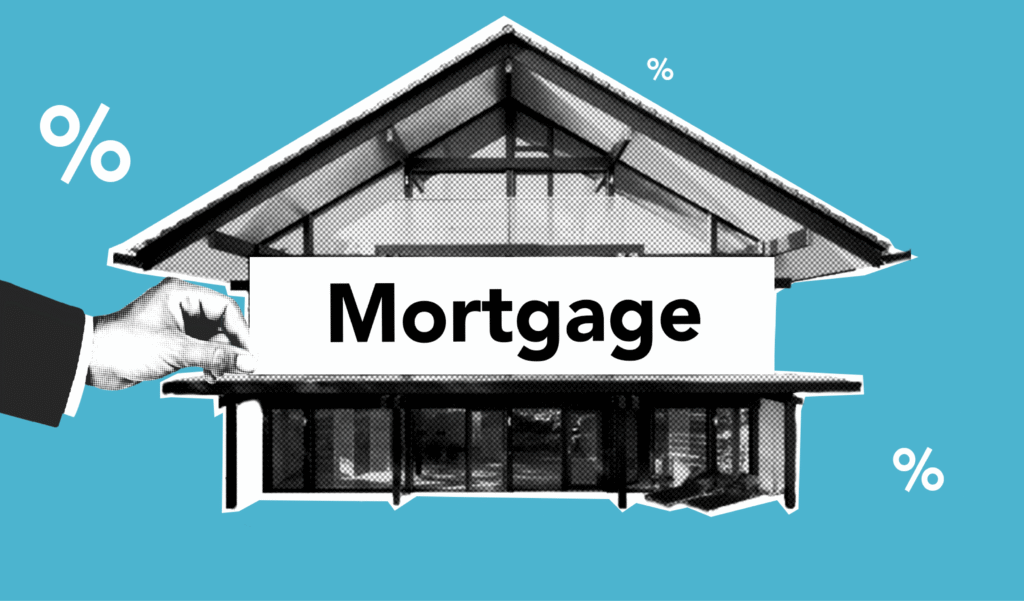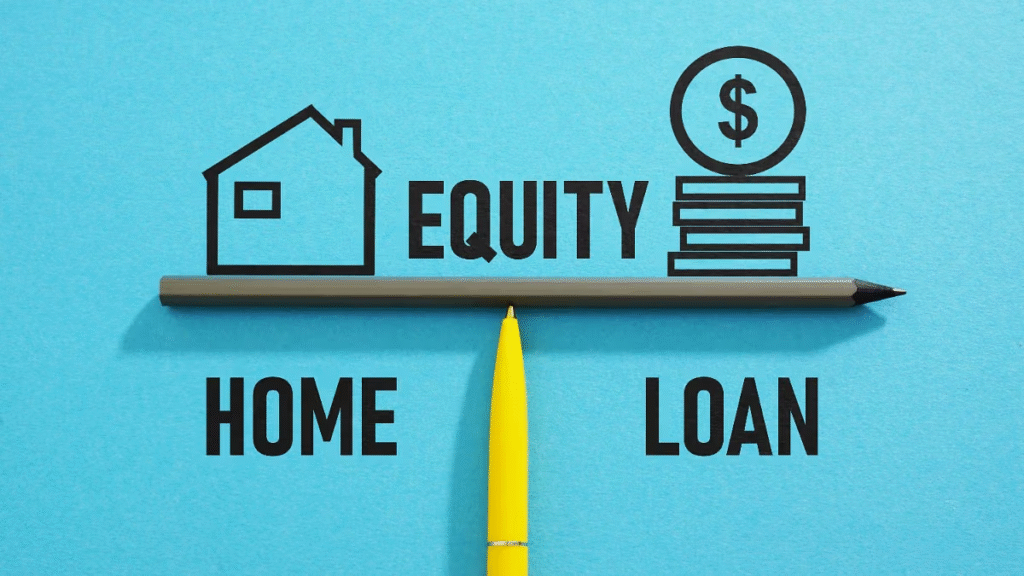Introduction
Mortgage refinancing is a financial tool that many homeowners consider at some point during their loan term. It involves replacing your existing mortgage with a new one, often to take advantage of better interest rates, change the loan term, or tap into home equity. While refinancing can provide significant financial benefits, it also comes with potential pitfalls that borrowers need to understand before making a decision.
This comprehensive guide explores everything you need to know about mortgage refinancing in 2025 — from the benefits and risks to the types of refinancing available, how to qualify, and the steps involved. Whether you are a first-time refinancer or looking to evaluate your options, this article will provide you with valuable insights to help you make an informed choice.
What is Mortgage Refinancing?

Definition and Basic Concept
Mortgage refinancing is the process of paying off your current mortgage by taking out a new loan, typically with different terms. The new mortgage pays off the original loan, and you begin making payments on the new one.
Why Do Homeowners Refinance?
Homeowners refinance for various reasons, including:
- Lowering interest rates to reduce monthly payments
- Shortening or lengthening the loan term
- Switching from an adjustable-rate mortgage (ARM) to a fixed-rate mortgage
- Accessing home equity through cash-out refinancing
- Consolidating debt or funding large expenses
Types of Mortgage Refinancing
Rate-and-Term Refinance
This is the most common type, where borrowers refinance to get a lower interest rate or change the loan term without borrowing additional funds.
Cash-Out Refinance
Borrowers refinance for more than they owe and take the difference in cash, often used for home improvements, debt consolidation, or other large expenses.
Streamline Refinance
A faster refinancing process offered for government-backed loans like FHA or VA loans, with reduced documentation and underwriting requirements.
FHA and VA Refinance Programs
Specialized refinancing options for borrowers with FHA or VA loans, which often provide lower costs and easier qualification.
Benefits of Mortgage Refinancing

Lower Monthly Payments
Refinancing at a lower interest rate can significantly reduce your monthly mortgage payment, easing your financial burden.
Reduced Interest Over Loan Life
By securing a lower rate or shortening the loan term, borrowers can save thousands in interest payments over time.
Access to Cash Through Equity
Cash-out refinancing allows homeowners to tap into their home equity for major expenses such as renovations, education, or medical bills.
Switching Loan Types for Stability
Moving from an ARM to a fixed-rate mortgage can protect homeowners from interest rate increases, offering more predictable payments.
Debt Consolidation
Refinancing can combine high-interest debts into a single, lower-interest mortgage loan, simplifying payments and reducing interest costs.
Common Pitfalls and Risks of Mortgage Refinancing
High Closing Costs and Fees

Refinancing involves closing costs that can range from 2% to 5% of the loan amount, including appraisal fees, origination fees, and title insurance.
Extending Loan Term May Increase Total Interest
While lowering monthly payments by extending the loan term can ease cash flow, it may result in paying more interest over the life of the loan.
Prepayment Penalties
Some mortgages include penalties for paying off the loan early, which can reduce or negate refinancing benefits.
Impact on Credit Score
Applying for refinancing results in a hard credit inquiry, which may temporarily lower your credit score.
Risk of Foreclosure
If refinancing increases your monthly payment or cash flow issues arise, there’s an increased risk of default or foreclosure.
When Should You Consider Refinancing Your Mortgage?
Interest Rates Drop Significantly
A general rule is to refinance if you can reduce your interest rate by at least 0.5% to 1%.
Change in Financial Situation
A rise in income or improved credit score can qualify you for better rates.
Change in Loan Terms Needed
If you want to shorten your loan to pay it off faster or extend it for lower payments.
Need for Cash
If you need funds for home improvement or debt consolidation, cash-out refinancing might be beneficial.
Switching Loan Types
If you have an adjustable-rate mortgage and want to switch to a fixed rate to avoid future interest rate increases.
How to Qualify for Mortgage Refinancing
Credit Score Requirements
Lenders typically require a good credit score, generally 620 or higher for conventional loans.
Debt-to-Income Ratio
Lenders prefer a debt-to-income (DTI) ratio under 43%, meaning your total monthly debts should not exceed 43% of your gross monthly income.
Home Equity

Most lenders require at least 20% equity in your home for conventional refinancing without private mortgage insurance (PMI).
Employment and Income Verification
Stable employment and verifiable income are essential to prove your ability to repay the loan.
Property Appraisal
An appraisal is often required to determine your home’s current value, impacting loan terms and qualification.
Steps to Successfully Refinance Your Mortgage
1. Evaluate Your Current Mortgage and Goals
Review your current interest rate, loan term, and monthly payments. Determine what you want to achieve with refinancing.
2. Check Your Credit Score and Report
Obtain your credit report, correct any errors, and work on improving your score if needed.
3. Research Lenders and Loan Options
Shop around and get quotes from multiple lenders. Compare rates, fees, and loan terms.
4. Calculate Costs and Savings
Use online calculators or work with a mortgage advisor to assess if refinancing will save money after accounting for closing costs.
5. Gather Documentation
Prepare pay stubs, tax returns, bank statements, and existing mortgage documents.
6. Apply for Refinancing
Submit applications to your chosen lender(s).
7. Lock in Interest Rate
If you’re satisfied with the offered rate, lock it to avoid fluctuations before closing.
8. Underwriting and Appraisal
The lender reviews your financials and orders an appraisal.
9. Closing
Sign loan documents, pay closing costs, and complete the refinance.
How to Avoid Common Refinancing Mistakes
Don’t Ignore Closing Costs
Understand all fees upfront to ensure refinancing makes financial sense.
Avoid Frequent Refinancing
Repeated refinancing can damage your credit and add unnecessary costs.
Don’t Rush the Process
Take time to compare offers and understand terms fully.
Avoid Refinancing with a Low Credit Score
Consider improving credit before applying to secure better rates.
Factor in Your Long-Term Plans
If you plan to move soon, refinancing may not be beneficial due to upfront costs.
Also Read : Risk Assessment In Project Management: Best Practices
Conclusion
Mortgage refinancing in 2025 remains a powerful financial tool for homeowners seeking to reduce monthly payments, access cash, or change loan terms. While it offers numerous benefits such as lower interest rates and improved cash flow, it is essential to carefully weigh the associated costs and risks.
Successful refinancing requires thorough research, clear financial goals, and understanding your eligibility. By preparing documentation, shopping for the best rates, and calculating the true cost and savings, you can make an informed decision that aligns with your financial goals.
Remember, refinancing is not a one-size-fits-all solution. Evaluate your personal situation carefully and consider consulting with a financial advisor or mortgage professional to ensure refinancing is the right choice for you.
Frequently Asked Questions (FAQs)
What is mortgage refinancing?
Mortgage refinancing is the process of replacing your current mortgage with a new one, often to get better interest rates, change loan terms, or access home equity.
How much does refinancing cost?
Refinancing typically costs between 2% and 5% of the loan amount, including fees like appraisal, origination, and closing costs.
Will refinancing lower my monthly payment?
Refinancing can lower your monthly payments if you secure a lower interest rate or extend the loan term.
Can I refinance with bad credit?
Refinancing with bad credit is challenging and may result in higher interest rates or denial. Improving credit before applying is advisable.
How long does the refinancing process take?
The process usually takes 30 to 45 days, depending on the lender and required documentation.
Is refinancing a good idea if I plan to move soon?
Refinancing involves upfront costs, so if you plan to sell your home soon, it might not be cost-effective.
What is cash-out refinancing?
Cash-out refinancing lets you borrow more than you owe on your mortgage and take the difference in cash, often used for home improvements or debt consolidation.
Can refinancing help me pay off my mortgage faster?
Yes, by refinancing to a shorter loan term, you can pay off your mortgage faster, though monthly payments may be higher.
Do I need a home appraisal for refinancing?
Most lenders require a home appraisal to determine the current value of your property before approving refinancing.
How do I choose the best lender for refinancing?
Compare interest rates, fees, loan terms, and customer reviews from multiple lenders before making a decision.


